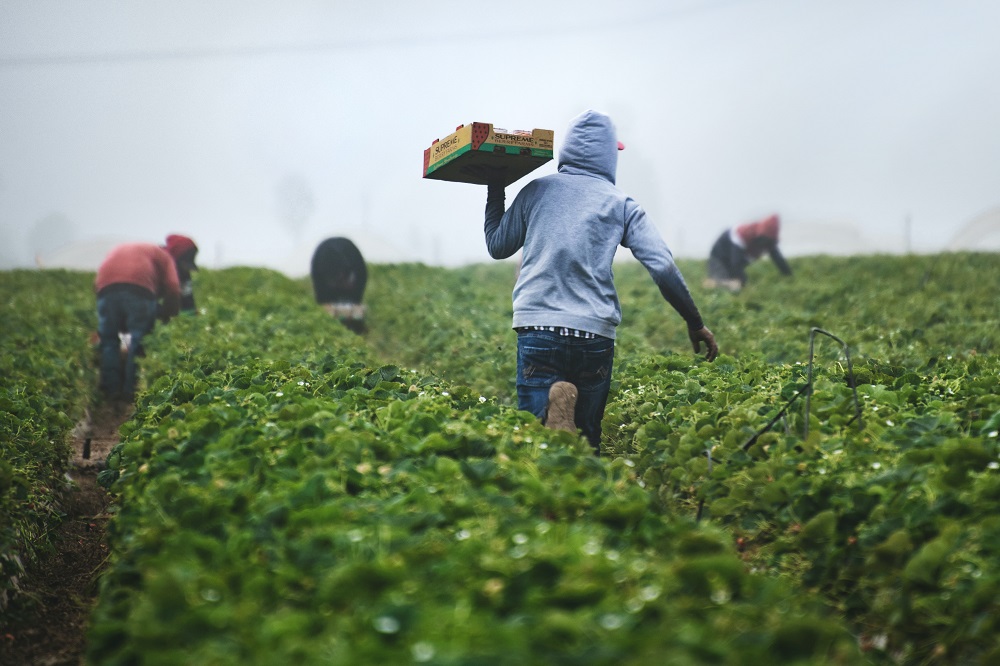Fishing is a significant component of the country’s economy providing 1.07% of India’s GDP. Over 28 million people survive in India on the income provided by the fishing industry, and many of them are members of disadvantaged and marginalised communities. With a share of 7.96% of the worldwide fish output, India is the third-largest fish producer in the world. China is the top aquaculture producer of fish in the world. The National Fisheries Development Board estimates that Rs 334.41 billion in export revenue is generated by the fishing industry.
Current Status Of Indian Fisheries
In India’s abundant and diversified fisheries, which include deep oceans, lakes, ponds, and rivers, more than 10% of the world’s fish and shellfish species may be found. The nation’s wide coastline, exclusive economic zone (EEZ), and substantial continental shelf region are the home of marine fishing resources. Among the resources for inland fisheries are rivers, canals, floodplain lakes, ponds, tanks, brackish water, and areas that have an impact on alkaline or salty conditions. In India, brackish or saline water aquaculture has thrived.
India now produces 7.96% of the fish consumed worldwide. 14.73 million metric tonnes (MMT) of fish are produced overall in FY 2020–21, with contributions from the inland and marine sectors of 11.25 MMT and 3.48 MMT, respectively. The fishing sector is essential to India’s economy and has traditionally been a substantial source of foreign exchange gains since it is one of the top exporters of seafood in the world.
Challenges Faced
Sustainability: According to the Food and Agriculture Organization, approximately 90% of the world’s marine fish populations are either completely exploited, overfished, or so severely reduced that a biologically viable recovery may not be conceivable. While the near-shore coastal waters are severely overfished, the deep oceans provide an abundant supply of high-value fish.
Increase Demand: A rise in demand Global fish output, which is now at 171 million tonnes, needs to reach 196 million tonnes by 2025 in order to satisfy the rising demand for animal protein. Given the rate at which marine fish supplies are already depleting, that seems nearly impossible.
Production: From a per fisher, per boat, and per farm perspective, both industries have insufficient productivity. The average daily catch/production for a fisherman/farmer in Norway is 250 kg, compared to 4–5 kg in India.
Insufficient Mechanization: Small fishermen who run conventional boats, either one without motors or one with simple outboard motors, make up the majority of the marine capture fishery. These boats can’t travel outside of the area close to the shore. Fishermen that utilise these vessels are unable to capture valuable species like tuna.
The massive catch spoils since there are no refrigeration facilities. Fish capture exports are now prohibited due to the use of formalin to preserve the stock.
Bottom-trawling and erroneous delineation of fishing limits have caused issues, resulting in the murder and detention of fishermen by bordering nations like Pakistan, Sri Lanka, etc.
Government Initiatives
India’s fisheries and aquaculture industries have achieved outstanding strides towards modernization and sustainable economic growth over the past several years because of coordinated and cooperative efforts by the public and private sectors. The Pradhan Mantri Matsya Sampada Yojana (PMMSY), a new flagship programme with a significant investment of Rs. 20,050 crores (US$ 2.46 billion) for the growth and expansion of the fisheries sector in the nation, was recently unveiled by the Indian government who recognised the enormous potential of this industry.
The Way Forward
- The new National Policy on Marine Fisheries mentions the introduction of deep-sea fishing vessels as well as helping fishing communities adapt their boats and equipment for the deeper waters.
- Given that fishing is a major source of income for many communities and individuals, it is important to take sustainability issues into consideration.
- The new department’s policies should be designed to raise productivity, improve returns, and boost incomes.
- Through greater seed stocking, improved feed quality, and species variety, the policy envisions extensive fish farming.
- To achieve the goal of more produce per drop, innovative approaches including re-circulatory aquaculture systems are used.
- To become self-sufficient in the industry, we must prioritise seed production.
- Open sea cage culturing is now in the experimental stage, and the early findings are encouraging. This might also alter the course of events.
Which State Is The Largest Producer Of Fish In India?
The largest producer of fish in India is the state of Andhra Pradesh, with a market share of 27.4%, followed by West Bengal with 13.8%. While almost every Indian state produces some inland fish, the top six States account for nearly three-quarters of the nation’s total inland fish output. Half of the nation’s freshwater is produced in Andhra Pradesh, West Bengal, and Uttar Pradesh combined.






